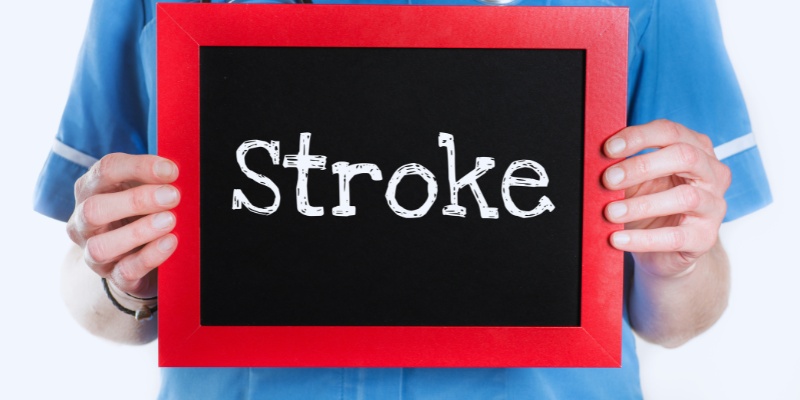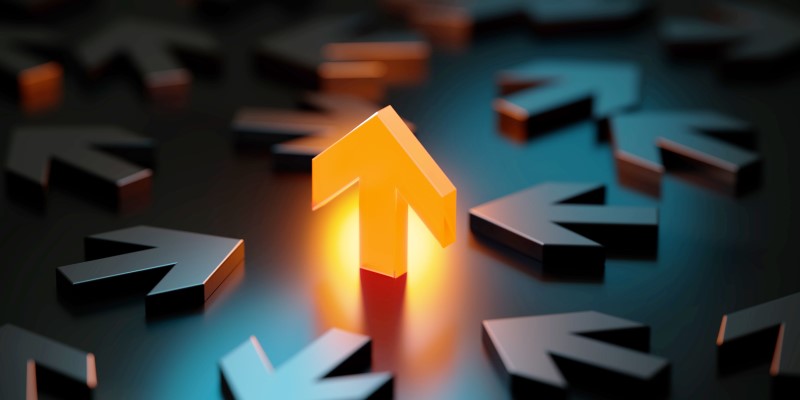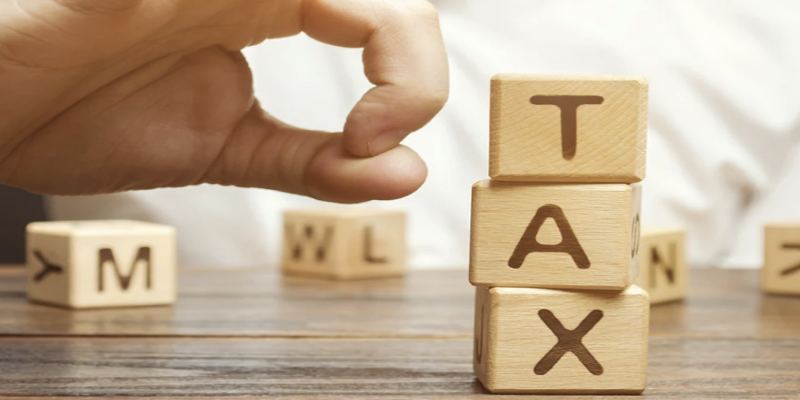Understanding Stroke: What Are The Different Types and Their Symptoms
A stroke is when blood to the brain is blocked or reduced. It is a major medical emergency needing quick treatment. Strokes can cause brain damage, handicap, or perhaps death. Among the main causes of long-term disability all around are these. Early treatment and improved recovery depend on an awareness of different kinds of stroke. Blood clots and brain hemorrhage are among the several causes of different sorts.
Understanding their symptoms helps one to preserve life. Typical symptoms are numbness, confusion, eyesight issues, and trouble speaking. Early medical intervention raises the odds of survival. The several kinds of strokes and associated warning signals are described in this article. Prevention depends on knowledge of the types of stroke, symptoms, and major stroke categories explained. Early action guarantees better results and lowers dangers. Acquiring knowledge about stroke prevention can help to preserve general well-being.

What Are The Different Types of Stroke?
Depending on their type and cause, strokes can impact people differently. Every type of Stroke has different symptoms and calls for particular therapy. Knowledge of these variations benefits early diagnosis and faster medical treatment. Let's investigate the several forms of strokes and their effects on the body.
Ischemic Stroke: The Most Common Type
An ischemic stroke can result from a blood clot closing an artery that supplies the brain. About 87% of all strokes are of this type. The obstruction lowers the oxygen supply, therefore harming brain cells. These strokes often result from fatty deposits in the arteries, which is known as atherosclerosis. Two primary forms are thrombotic and embolic strokes. A thrombotic stroke results from a brain artery clot development. An embolic stroke results from a clot forming elsewhere and moving to the brain. If untreated, both kinds do great damage. Symptoms include instant numbness in the arm, leg, or face. Weaknesses, trouble speaking, disorientation, and visual issues are common. Others get vertigo or lack of balance. Short medical attention helps to minimize long-term consequences. For treatment, doctors turn to blood thinners and clot-busting medications.
Hemorrhagic Stroke: Bleeding in the Brain:
A brain blood artery bursts in a hemorrhagic stroke. Bleeding either inside or outside the brain results from this. It demands immediate medical attention and might be fatal. Trauma, aneurysms, and high blood pressure all raise the risk. The main forms are subarachnoid and intracerebral hemorrhages. Intra-hemorrhages in the brain tissue are bleeding straightforwardly. Between the brain and the skull lie subarachnoid hemorrhages. Both kinds seriously harm brains. Among the symptoms include abrupt headaches, nausea, vomiting, and vision issues. Others become paralyzed and have convulsions or bewilderment. One also runs across a loss of awareness. Treatment consists of reducing blood pressure and halting bleeding. Severe situations could call for surgery.

Transient Ischemic Attack (TIA): A Warning Sign
Many times, referred to as a mini-stroke is a transient ischemic attack (TIA). It occurs following a brief interruption of blood supply to the brain. Though they last a few minutes or hours, symptoms resemble those of a stroke. Though they are a major warning, TIAs do not cause permanent damage. TIAs raise the future risk of a complete stroke. They arise from constricted arteries or blood clots. Risk increases from high blood pressure, diabetes, and heart disease. One can avoid them with lifestyle adjustments. Among the symptoms include momentarily numbness, vertigo, and trouble speaking. Some have problems walking or clouded vision. After a TIA, seeking medical attention is vital. To reduce stroke risk, doctors could advise lifestyle modifications or prescribe medicines.
Cryptogenic Stroke: Unknown Source
One kind of Stroke devoid of a discernible cause is a cryptogenic stroke. Not all doctors can find its cause. Many times, younger persons without risk factors get these strokes. They could come from undetected blood coagulation problems, inherited diseases, or concealed heart abnormalities. Given the unknown origin, stopping cryptogenic strokes can prove difficult. To identify likely causes, doctors do brain scans and heart monitoring, among other tests. Medications and changed lifestyles can help reduce hazards. Like ischemic strokes, symptoms resemble typical sudden weakness, eyesight impairments, and speech difficulties.
Furthermore, memory loss and vertigo are also possible. Since the reason is uncertain, the treatment emphasizes avoiding another stroke. Common practices are blood thinners, aspirin, and heart health monitoring.
Brain Stem Stroke: Affecting Vital Functions
A brain stem stroke results from a blockage of blood flow to the brain stem. The brainstem controls essential activities, including breathing, heartbeat, and movement. Damage to this region can result in death or extreme disability. Stokes of the brain stem can be hemorrhagic or ischemic. Unlike other strokes, they influence both sides of the body. In a few cases, they become paralyzed. Speaking and swallowing could prove impossible. Among the symptoms are dyspnea, vertigo, and slurred speech. Others go completely paralyzed or suffer double vision. The chances of survival improving depends on emergency treatment. Often necessary for recovery is rehabilitation treatment.
Stroke Risk Factors and Prevention:
Several elements are raising a stroke risk. The most common cause is high blood pressure since it compromises blood vessels. Smoking increases the risk of clotting and destroys arteries. Diabetes alters blood flow; hence, strokes are more likely. Plaque develops from high cholesterol, therefore restricting arteries. The cholesterol and blood pressure increase also aggravates lack of exercise and obesity.
Starting a good lifestyle helps prevent strokes. A well-balanced diet helps preserve healthy cardiac conditions. Frequent exercise raises circulation and reduces blood pressure. Stopping smoking and cutting drink intake lower stroke risk. Control of chronic diseases, including diabetes and high cholesterol, is vital. Frequent doctor visits enable early problem discovery. Prescription medicines taken as directed help avoid problems. These modifications will help you greatly reduce your risk of Stroke and guard your general brain health.
Conclusion:
Strokes call for fast medical intervention since they are fatal. Knowing the kinds will enable early diagnosis and treatment. The most often occurring type of Stroke is ischemic; hemorrhagic strokes entail brain bleeding. TIAs are warning signals; cryptogenic strokes have no recognized etiology. Strokes in the brain stem compromise essential physiological functioning. Crucially, it is the recognition of symptoms, including numbness, disorientation, and vision impairments. Stroke preventive and treatment alternatives help to reduce risks. Regular visits and a good way of living can help to avoid strokes.











